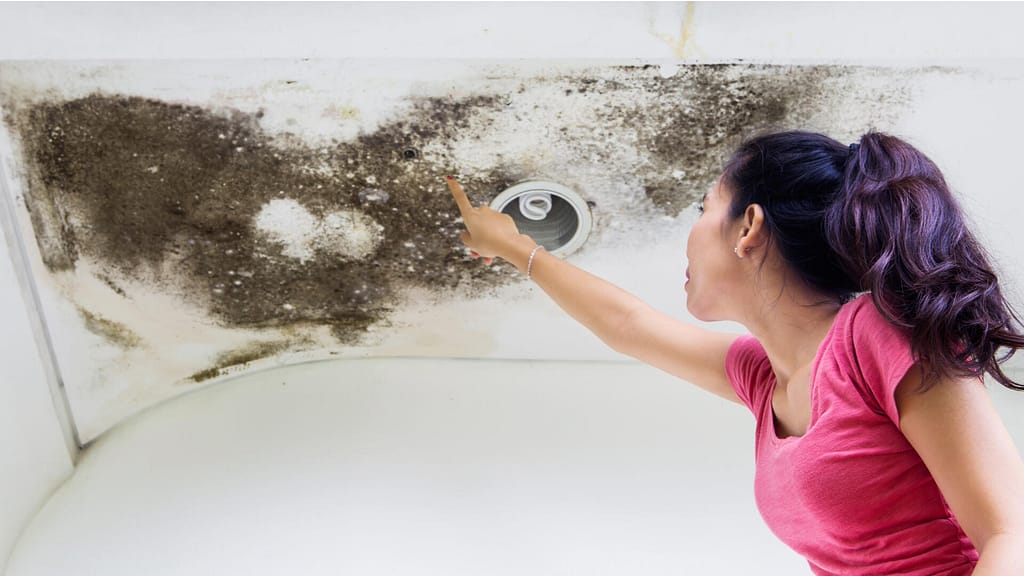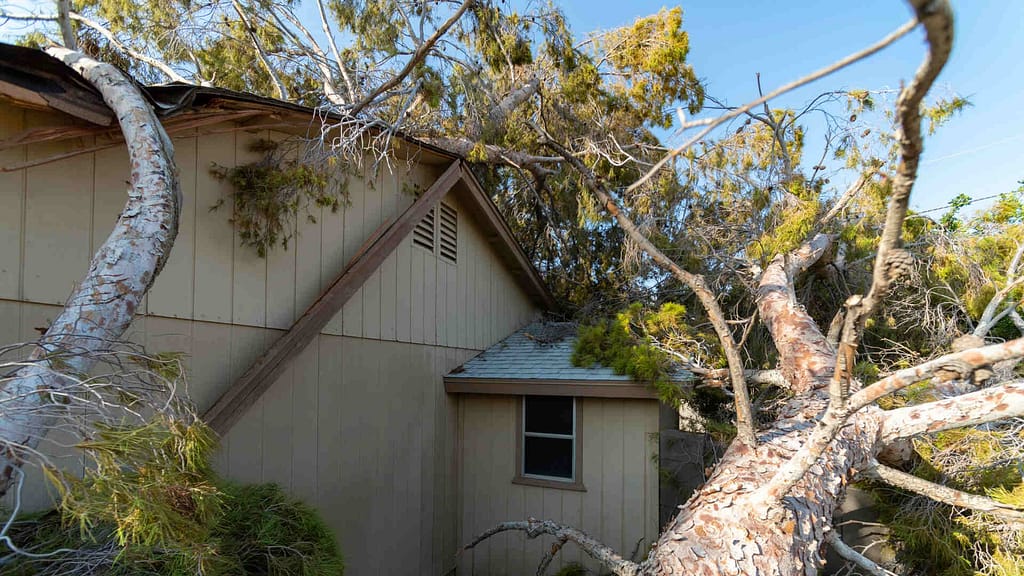Yes, but mainly for leaks due to wear and tear. This blog explains what home warranties cover, how they differ from homeowners insurance, and gives you tips on getting the right coverage for your roof.
Table of contents
What Are Home Warranties?
A home warranty is a service contract that helps homeowners cover the cost of repairing or replacing appliances and systems that break down from normal usage. This type of warranty is particularly useful as it provides financial protection regardless of the age of the covered items, ensuring peace of mind against unexpected repair costs for a regular fee.
Unlike homeowners insurance, which covers loss and damage to your property and possessions from specific events like fires or theft, a home warranty focuses on the wear and tear of home systems and appliances. This distinction is crucial as it complements homeowners insurance by covering what it typically does not, such as appliance malfunctions or system failures due to age or everyday use.
Understanding Home Warranty Coverage
Home warranties generally cover a wide range of systems and appliances in your home that might break down due to regular use. This typically includes major components like your heating and air conditioning systems, electrical and plumbing systems, and everyday appliances such as refrigerators, ovens, washers, and dryers. The idea is to protect you from high costs if these items fail naturally over time.
Take a look at this informative YouTube video that explains the details of warranty coverage.
General Coverage
Each home warranty plan varies, so you should check what specific items your contract covers. Generally, if a covered item breaks, the home warranty company will pay a professional to fix it or provide a replacement if repair isn’t possible. This coverage aims to simplify home maintenance financially, making it easier and more predictable to manage your home’s upkeep without unexpected expenses.
Specifics on Roof Coverage
When it comes to roofing, home warranty coverage can vary significantly between different providers and plans. Typically, a home warranty might cover repairs for roof leaks caused by natural wear and tear. However, note that it seldom covers full roof replacements unless your plan specifically states this. Additionally, the warranty might not cover certain types of roofing materials or damages from weather events, which homeowners insurance usually covers. Unsure where your roof is leaking? Check out our blog titled “How to Find a Roof Leak?” for helpful tips.
To understand exactly what is covered in terms of roofing, you should carefully review the details of your home warranty plan. Some plans require an additional premium to include roof leak repairs. Knowing these specifics can help you determine whether you need to purchase additional coverage or take other steps to protect your home.
Roof Protection Details in Home Warranty Plans

Home warranty plans typically cover roof leaks that result from normal wear and tear, ensuring protection under conditions where the damage arises from everyday usage and natural aging of roofing materials. Homeowners should understand that this coverage only includes repairs to fix leaks, not replacements of the entire roof or damages from external forces, accidents, or neglect.
Common Types of Covered Damages
- Leaks Around Chimneys: Coverage typically includes repairs in areas where the roof might leak around the chimney.
- Roof Valleys: Repairs for leaks that occur in the valleys, where different sections of the roof meet.
- Flashing Points: Includes leaks at points where the roof connects to the rest of the house, such as around skylights or vents.
Limitations and Exclusions

When considering a home warranty for roofing, it’s crucial to be aware of the common exclusions that apply. Most home warranties do not cover issues such as:
- Structural Roof Damage: Coverage typically does not include structural issues, which are more significant and involve the core integrity of the roofing system.
- Cosmetic Repairs: Home warranty plans usually do not cover cosmetic aspects, such as the appearance of the roof that does not affect its functionality.
- Damage from Natural Disasters: Home warranty plans exclude problems caused by severe weather conditions like hurricanes, tornadoes, or other natural disasters.
- Improper Installation: Most home warranty plans do not cover roofing problems that result from poor installation or faulty previous repairs.
So, if your roof is beyond repair and not covered by your home warranty due to damages, you might want to try our roof replacement cost calculator for an estimation.
The Importance of Reading the Fine Print
Understanding the fine print of your home warranty contract is essential to fully grasp what is and isn’t covered. This section of your agreement will detail the specifics of coverage limits, the process for claims, and any deductibles that might apply. It will also outline the homeowner’s responsibilities, such as necessary maintenance or regular inspections required to keep the warranty valid. Read and understand your warranty thoroughly to avoid surprises when filing a claim and ensure your home is adequately protected within the scope of your plan.
Additional Coverage Options
When setting up a home warranty plan, you have the opportunity to tailor your coverage to better meet your specific needs, particularly when it comes to roofing. Since basic home warranty plans might not fully cover all aspects of roof maintenance, understanding and selecting optional roof coverage can be crucial.
Optional Coverage for Roofs
Most basic home warranty plans provide limited roof coverage, typically focusing on leak repairs. However, for more comprehensive protection, you can opt for additional roof coverage. This extended coverage often includes a broader range of roof repair types, and in some cases, it may even contribute towards the cost of a full roof replacement if necessary. Adding this option can significantly enhance your peace of mind, especially in older homes where roof problems are more likely.
How to Add Roof Coverage to Your Plan and Associated Costs
Adding roof coverage to your home warranty plan is usually straightforward:
- Contact Your Provider: Reach out to your home warranty company to inquire about adding roof coverage. They can provide details on what additional protections are available beyond the basic plan.
- Review the Terms: Be sure to understand what the additional coverage includes and excludes. Confirm whether it covers just repairs or if it also contributes to replacement costs.
- Understand the Costs: Adding roof coverage will likely increase your premium. Ask about any extra fees, including whether your service call fee will change and if there are different deductibles for roof-related issues.
- Decide and Add: If the extra coverage meets your needs and fits within your budget, you can typically add it to your existing plan with ease, often with just a phone call or through the provider’s website.
Conclusion
When deciding if a home warranty is right for you, it’s important to know that these plans can help cover the cost of fixing roof leaks caused by normal wear. This is great for handling unexpected repairs without worrying too much about the expense. However, remember that home warranties don’t cover everything. They usually won’t help with major structural problems, cosmetic fixes, or damages from big storms or bad installations. It’s really important to read your warranty details carefully so you understand what’s included and what’s not.
If you want better protection for your roof, you might consider adding extra coverage to your warranty plan. This can be especially helpful in older homes that might need more repairs. Talk to your warranty provider to find out what options you have for more comprehensive coverage, and ask about any extra costs. By setting up your plan this way, you can feel more secure knowing that you’re better prepared for any roof problems that might come up, keeping your home safe and reducing surprise repair bills.
Fact checked by Adrian Catolico – 4/30/2024
